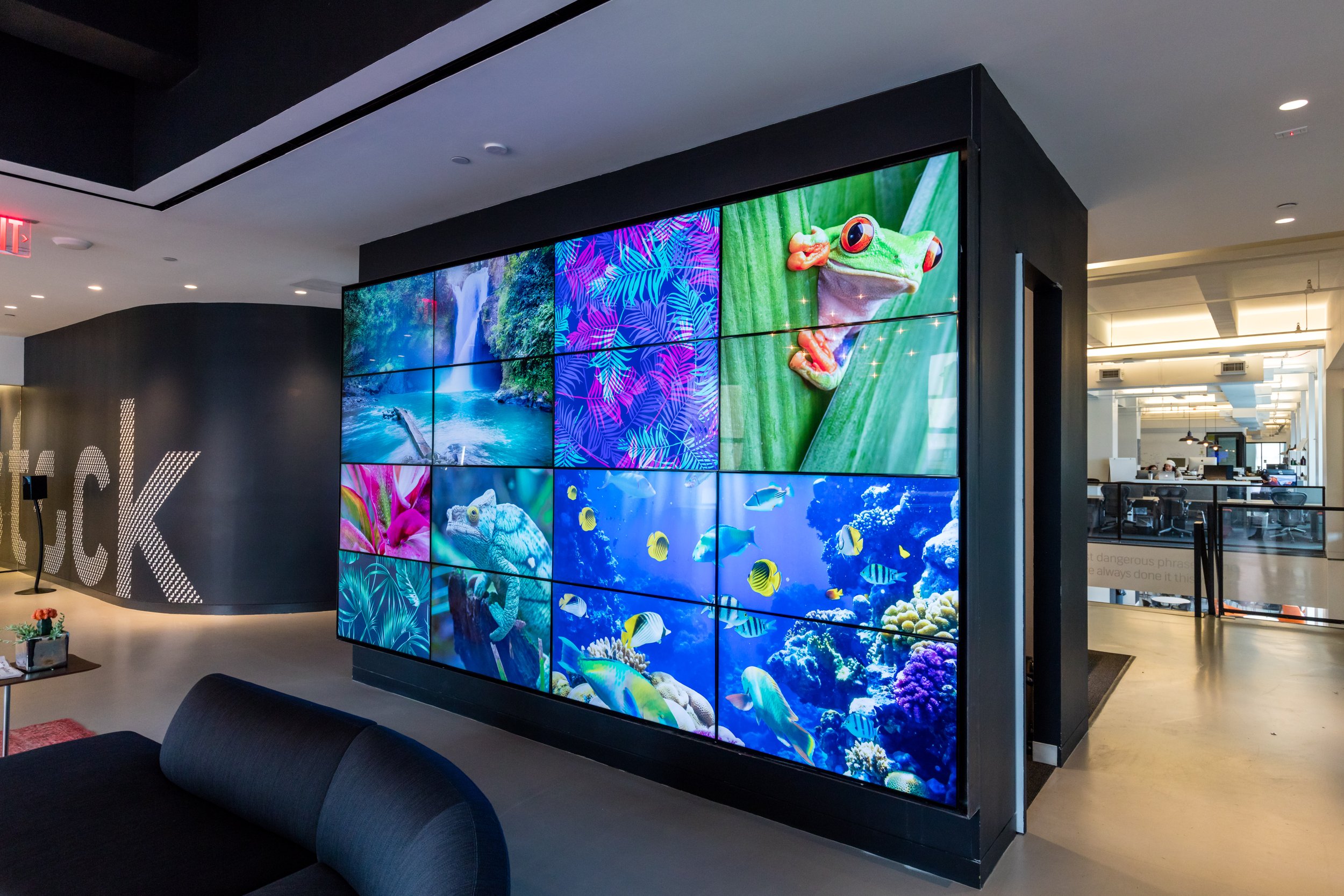Shutterstock
2015 - 2016

The Brief
Shutterstock wanted to expand their blog section with additional resources to educate their audience and increase traffic. To that end, I wrote hundreds of how-to guides and blog posts about photography, design, and art.
10 Tips for Better Graphic Design
No matter how experienced you are in graphic design, there’s always room for improvement. With the advent of digital design tools, techniques are constantly evolving, so there are new skills to learn every day. Below, we’ve showcased ten graphic design tips that go beyond the fast-paced web trends and can be used across visual disciplines.
1. Pair Two Complimentary Fonts:
Finding two compatible fonts can be a struggle, but there are a few simple design rules to help streamline the process. First, try to select fonts that match the project’s mood, but also contrast with each other. For example, if you’re creating a brochure for a travel company, you might want to use an exotic typeface for your larger text, but keep the smaller text in a humble, classier font. You’ll want the larger text to attract attention first, so choose wilder fonts for the headlines and establish a visual hierarchy. Look for contrast and avoid conflict.
2. Place Type Inside a Shape:
Next, pairing text with a compelling shape can create a design that is worth far more than its individual elements. Placing important copy inside a frame — whether it’s an opaque box or a jagged vector bubble — will draw attention to the words and serve as a focal point for the broader design.
3. Illustrate Information with Shapes and Icons:
Good design is about communicating ideas. Often, simple visual aids like icons and graphs are far more effective than text when it comes to conveying information. For example, if a startup company is designing a “Features” webpage to distinguish themselves from the competition, it may help to use colorful icons as a visual anchor for the features. This breaks up the text, helps consumers to grasp the concepts, and establishes a visual tone for your company or personal project.
4. Edit Image Color/Saturation:
Every culture assigns different meanings to colors. Keep this in mind when selecting a color palette for your next design. At one extreme, cool colors (like the image above) radiate calm and inject a professional quality into your work. On the other hand, warm colors like red are more energetic and welcoming. Choose colors that match the mood you’re trying to evoke in your target audience.
5. Resize/Crop Images to Maximize Space for Copy:
Research has shown that proper use of negative space can boost reader comprehension by 20%, so it’s worth the extra effort. When designing a layout for your next project, first decide where the focal point will be and then sketch out the smaller elements from there. You’ll also need plenty of negative space for text, so don’t be afraid to create room by taking away from the positive space (i.e. cropping an image). So long as you trust your instincts and make negative space a priority, your designs will become more intelligible.
6. Bookmark Color Palettes or Photos for Later:
If you’re feeling writer’s block on a new project, it might be a good idea to pause, reset, and get inspired. On the web, there’s a limitless pool of resources for color palettes and photo ideas. For example, COLOURLovers boasts a huge community of designers that enjoy sharing their color palettes and patterns. We also recommend checking out our huge catalog of trends and cool colors for even more creative inspiration.
7. Utilize Textures in Your Designs:
Textures can add a whole new layer of complexity to your work. They give digital designs a more natural feel, so that a computerized image takes on the consistency of weathered wood, stone, or canvas. This can also be applied to text, giving it a stamp-like or worn-down quality. To blend texture into your project, create a new layer in your editing software for the textured image. Then, play around with the new layer’s blending mode for a variety of compelling results.
8. Add Stylish Ornaments to Your Type:
Ornaments are a classic design trick for emphasizing a particular word in your project. To create ornaments with Illustrator, start by choosing a typeface and playing around with the spacing, so there’s enough room for the embellishments. Come up with a rough sketch on paper first, using repeating elements and some random flair. Then, scan the sketch into Illustrator and use the program’s Live Trace feature to create a digital outline. When you’re happy with the trace settings, use the Anchor Point tool to clean up any superfluous angles, and then save your ornamental masterpiece.
9. Collages Are Your Friend:
When in doubt, use the collage format to add a wide variety of colors and shapes in your design. Collages are time-consuming to make from scratch, but there are dozens of applications to help facilitate the process. Picture Collage Maker is an extremely popular program with themed templates for your digital photos, which you can then export and use for a design project. On the free side, CollageIt offers a simple interface for scrapbook and poster-style collages.
10. Bring Your Camera & Notebook Everywhere:
Finally, we recommend carrying tools to catch inspiration when it strikes. You might be walking down a city street and spot an unbelievable mural that gets you thinking about future web designs. Or you might be waiting for the bus and hear a hilarious conversation that sparks the idea for an unforgettable ad campaign. We can’t predict when great ideas will fly into our orbit, but we can prepare ourselves for them.
